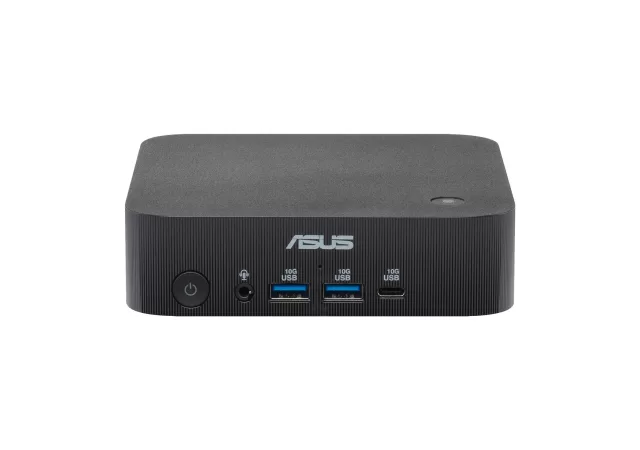Apple has officially put a date on it. The next big hardware reveal, cryptically dubbed the ‘Awe Dropping’ event, is locked in for September 9, 2025, live from the Steve Jobs Theater in Cupertino. As with every September event, the star of the show is undoubtedly the new iPhone. This year, however, the rumour mill isn’t just pointing to a simple refresh. All signs suggest the iPhone 17 series represents an overhaul of Apple’s entire smartphone lineup, introducing a brand-new model and drawing clearer lines in the sand between its standard and Pro devices.
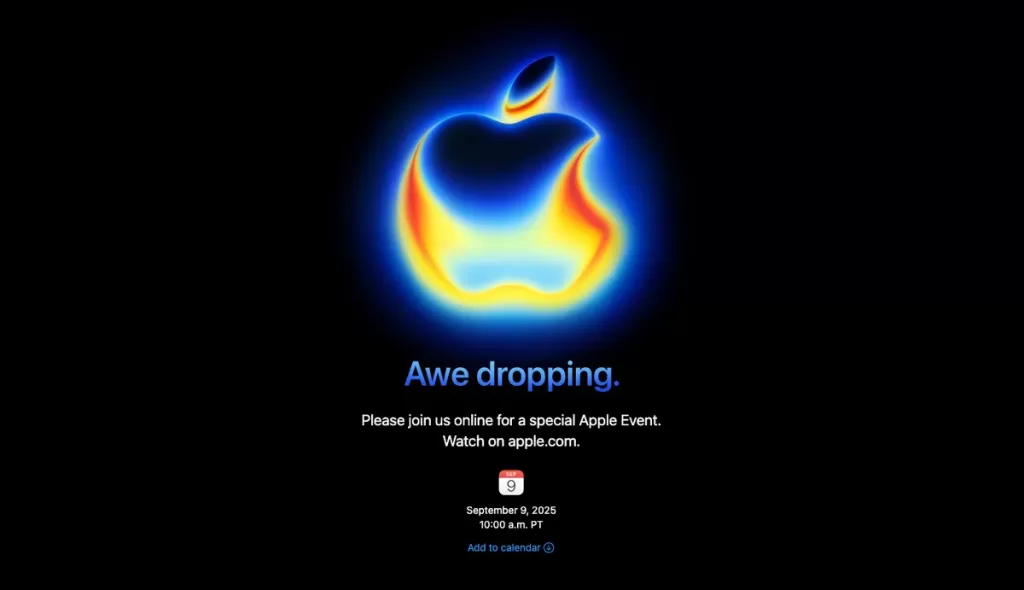
Based on a mountain of leaks and analyst reports, this is everything we expect to see from the iPhone 17.
A New Four-Member Lineup
For the past few years, the iPhone lineup has been a quartet of a standard model, a “Plus” version, a Pro, and a Pro Max. This year, that composition is changing. The iPhone 17 series is widely expected to consist of four models: the standard iPhone 17, iPhone 17 Pro, iPhone 17 Pro Max, and a newcomer, the iPhone 17 Air.
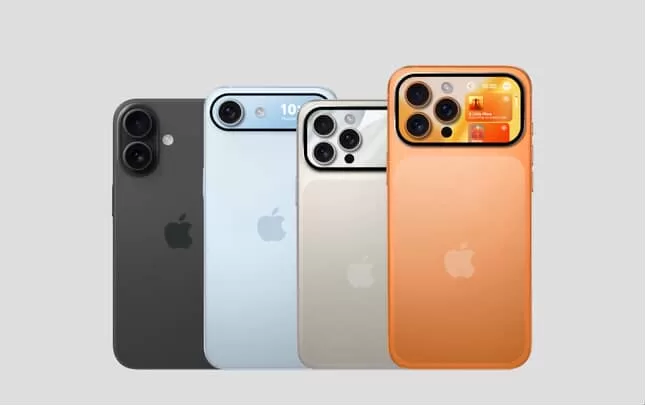
The “Plus” model is reportedly being retired after not meeting Apple’s sales expectations. In its place, the iPhone 17 Air will be positioned as a new “mid-range” option, slotting between the standard iPhone 17 and the premium Pro models to offer a different balance of size, features, and price. This new hierarchy is a key part of what appears to be a multi-year strategy to completely overhaul the iPhone family.
A Design Refresh
The most noticeable changes are expected on the outside. After two generations with titanium, the iPhone 17 Pro and Pro Max are rumoured to be switching back to an aluminium body. While this might sound like a step back, it’s a practical move. Aluminium is lighter than titanium and is a more effective conductor of heat, which could improve performance stability during intensive tasks. This could also shave about 10-15 grams off the weight of the devices. The back of the Pro models may also feature a new “half-glass, half-aluminium” build to improve durability while keeping the glass section needed for MagSafe charging.
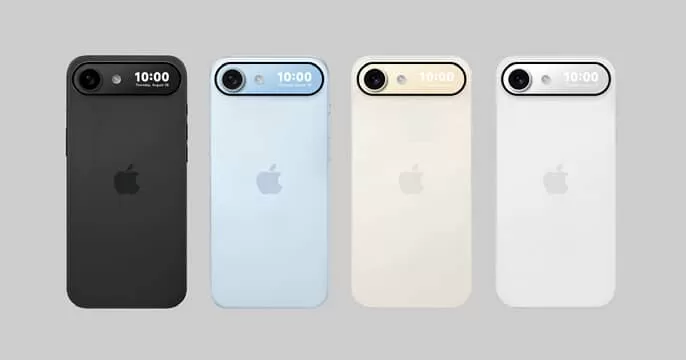
Perhaps the most visually distinct change will be a new horizontal pill-shaped camera bump for the Pro models, similar to Google’s Pixel phones. The new ultra-thin iPhone 17 Air is also expected to adopt this design, making it a key visual differentiator for the 2025 lineup.
As for colours, the event’s invitation logo, with its vibrant blue and yellow/orange waves, is believed to hint at the new palette. The Pro models are rumoured to come in black, white, gray, dark blue, and a bold new orange13.
AI Centered Silicone
Under the hood, the Pro models are set to get the new A19 Pro chip, built on TSMC’s latest 3nm process for better speed and efficiency. The standard iPhone 17 and iPhone 17 Air will likely get a new A19 chip, with some suggesting the Air will use a “binned” variant with fewer GPU cores to manage heat in its thinner design.




The real headline-grabbing internal upgrade, however, is the rumoured inclusion of 12GB of RAM in the iPhone 17 Pro and Pro Max—a first for an iPhone. This isn’t just for smoother multitasking; it’s seen as a hardware prerequisite for running the more complex, on-device AI models that power Apple Intelligence features in iOS. To manage the heat from these powerful components, the Pro models are also expected to incorporate a new vapour chamber cooling system to prevent performance throttling during demanding tasks.
A Redefined Camera System
Camera upgrades are expected across the board. All four models are rumoured to feature a new, upgraded 24-megapixel front-facing camera, a significant jump from the 12-megapixel sensor in previous generations that will allow for sharper selfies and more cropping flexibility.
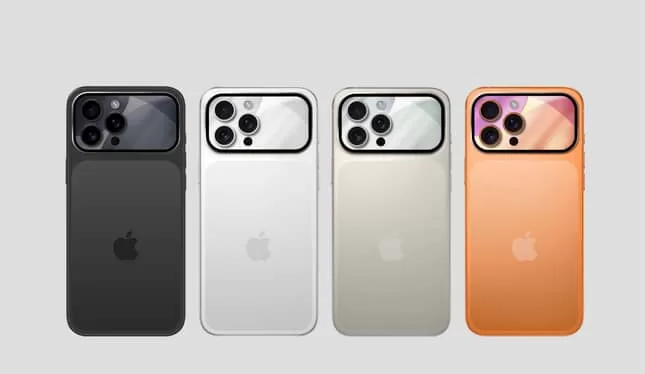
The Pro models are where things get serious. Both the iPhone 17 Pro and Pro Max are tipped to be the first iPhones with a triple-48-megapixel rear camera system, covering the Wide, Ultra Wide, and Telephoto lenses. The new Telephoto lens is rumoured to offer up to 8x optical zoom, and for the first time, both Pro models may support 8K video recording.
To achieve its ultra-thin profile, the new iPhone 17 Air will reportedly make a strategic compromise, featuring a single 48-megapixel rear camera. This choice sacrifices the versatility of multiple lenses for a slimmer form factor, clearly positioning it as a device for those who prioritise design over a comprehensive camera system.
Unanswered Questions
While many details seem firm, the rumour mill still has its points of contention.
- ProMotion for All, But Not Always-On? While all four iPhone 17 models are widely expected to receive ProMotion with a 120Hz refresh rate, one notable leaker claims the standard and Air models will not support adaptive refresh rates down to 1Hz. This is a crucial detail, as the 1Hz rate is required for the power-saving Always-On Display feature, meaning it might remain exclusive to the Pro models.
- Which Chip for the Standard iPhone? There’s some conflict regarding the base model’s chipset. While most reports suggest the entire lineup will get a new A19 chip (with the A19 Pro reserved for Pro models), other sources contend the standard iPhone 17 may reuse the A18 chip from the iPhone 16 series.
- Is the Dynamic Island Shrinking? Analysts are split. One claims new metalens technology will allow for a narrower Dynamic Island across the lineup, while another highly respected source believes there will be no notable change to its size.
- The iPhone 17 Air’s Biggest Trade-Off? The quest for an ultra-thin design may have come at a cost. The iPhone 17 Air is rumoured to have a small 2,800-2,900 mAh battery, which raises concerns about whether it can last a full day of use.
Until Tim Cook takes the stage, these questions will remain. But what is clear is that the iPhone 17 is shaping up to be one of the most significant updates in years, representing a calculated re-architecting of Apple’s most important product line. You’ll be able to tune by heading to Apple.com or YouTube.




